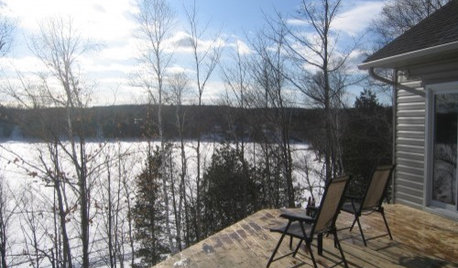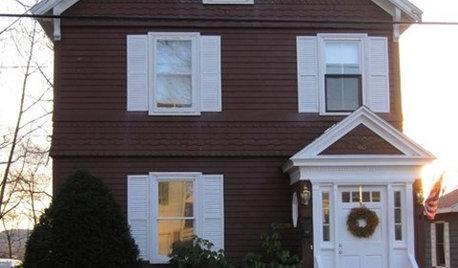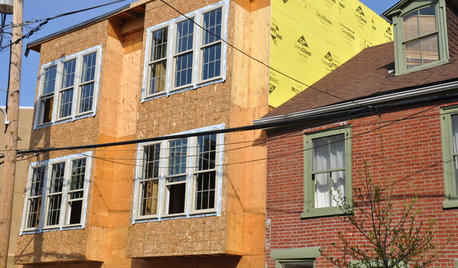Help with hedging question please
dottyinduncan
13 years ago
Related Stories

CURB APPEAL7 Questions to Help You Pick the Right Front-Yard Fence
Get over the hurdle of choosing a fence design by considering your needs, your home’s architecture and more
Full Story
ORGANIZING4 Questions to Help You Organize Your Favorite Photos
Organize your keeper photos with a system that's just right for you, whether it's in the cloud or you can hold it in your hand
Full Story
GARDENING GUIDESGreat Design Plant: Silphium Perfoliatum Pleases Wildlife
Cup plant provides structure, cover, food and water to help attract and sustain wildlife in the eastern North American garden
Full Story
FEEL-GOOD HOMEThe Question That Can Make You Love Your Home More
Change your relationship with your house for the better by focusing on the answer to something designers often ask
Full Story
GARDENING GUIDESGreat Design Plant: Snowberry Pleases Year-Round
Bright spring foliage, pretty summer flowers, white berries in winter ... Symphoricarpos albus is a sight to behold in every season
Full Story


SELLING YOUR HOUSE5 Savvy Fixes to Help Your Home Sell
Get the maximum return on your spruce-up dollars by putting your money in the areas buyers care most about
Full Story
WORKING WITH PROS5 Steps to Help You Hire the Right Contractor
Don't take chances on this all-important team member. Find the best general contractor for your remodel or new build by heeding this advice
Full Story
STANDARD MEASUREMENTSThe Right Dimensions for Your Porch
Depth, width, proportion and detailing all contribute to the comfort and functionality of this transitional space
Full Story







lilydude
gardengal48 (PNW Z8/9)
Related Professionals
East Rancho Dominguez Landscape Architects & Landscape Designers · Avocado Heights Landscape Contractors · Choctaw Landscape Contractors · Dunwoody Landscape Contractors · Fountain Valley Landscape Contractors · Natick Landscape Contractors · North Plainfield Landscape Contractors · Wailuku Landscape Contractors · Woodburn Landscape Contractors · Chaska Fence Contractors · Meridian Fence Contractors · Minneapolis Fence Contractors · North Miami Beach Fence Contractors · Salt Lake City Fence Contractors · Slidell Fence ContractorsEmbothrium
lilydude
Embothrium
dottyinduncanOriginal Author
Embothrium
dottyinduncanOriginal Author
botann
gardengal48 (PNW Z8/9)
Embothrium